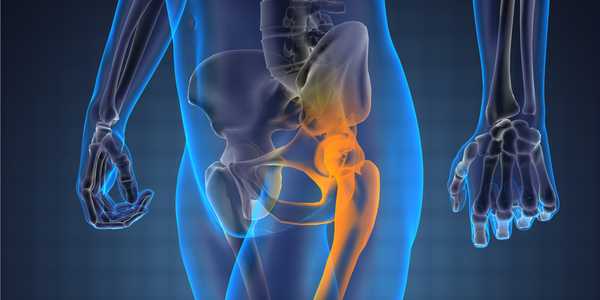
GETTING PLENTY OF CALCIUM, VITAMIN D AND EXERCISE LOWERS THE RISK OF OSTEOPOROSIS
Bones feel solid, but the inside of a bone is actually filled with holes like a honeycomb. Bone tissues are broken down and rebuilt all the time. While some cells build new bone tissue, others dissolve bone and release minerals inside.
As we get older, we begin to lose more bone than we build. The tiny holes within bones get bigger, and the solid outer layer becomes thinner. In other words, our bones get less dense. Hard bones turn spongy and spongy bones turn spongier. If this loss of bone density goes too far, it’s called osteoporosis.
Over 10 million people in USA are expected to have osteoporosis. It’s normal for bones to break in bad accidents. But if your bones are dense enough, they should be able to stand up to most falls. Bones weakened by osteoporosis though are more likely to break. Broken bones can lead to serious problems for seniors. The hip is a common site for osteoporosis and hip fractures can lead to a downward spiral of disability and loss of independence.
A third of all hip fractures occur in women and men do worse than women after a hip fracture says Dr. Eric Orwoll, a physician-researcher who studies osteoporosis at Oregon health and Science University. Osteoporosis is also common in the wrist and spine.
Experts suggest that women start getting screened for osteoporosis at age 65. Women younger than age 65 who are high risk for fractures should also be screened. Men should discuss screening recommendations with their health care providers. Screening is done with a bone mineral density test at the hip and spine. The most common test is known as DXA or dual-energy X-ray absorptiometry and is like getting an X-ray. Results are reported as a T-score which compares your bone density to that of a healthy young woman. A T-score of -2.5 or lower indicates osteoporosis.
There is a lot you can do to lower your risk of osteoporosis. Getting plenty of calcium, vitamin D and exercise is a good start, says Orwoll. Vitamin D helps your body absorb calcium. Vitamin D is made by the skin when you are in the sun and can also be obtained from dietary supplements and foods such as milk, eggs, fatty fish and fortified cereals. Discuss with your healthcare provider about the healthy amount of vitamin D as too much or too little can be a problem.
Exercise, especially weight-bearing exercise helps bones. Weight-bearing exercises include jogging, walking, tennis and dancing. The pull of muscles is a reminder to the bone cells to keep the tissue dense.
Smoking weakens bones as does heavy drinking which also makes people more likely to fall. Several medications such as bisphosphonates can also help fight bone loss but should be only taken under medical supervision.
Another important way to avoid broken bones is fall prevention. Exercise that builds balance, coordination and confidence is very good at preventing fractures as you are more likely to catch yourself before you topple.
Article Source
1. National Institutes of Health, USA.